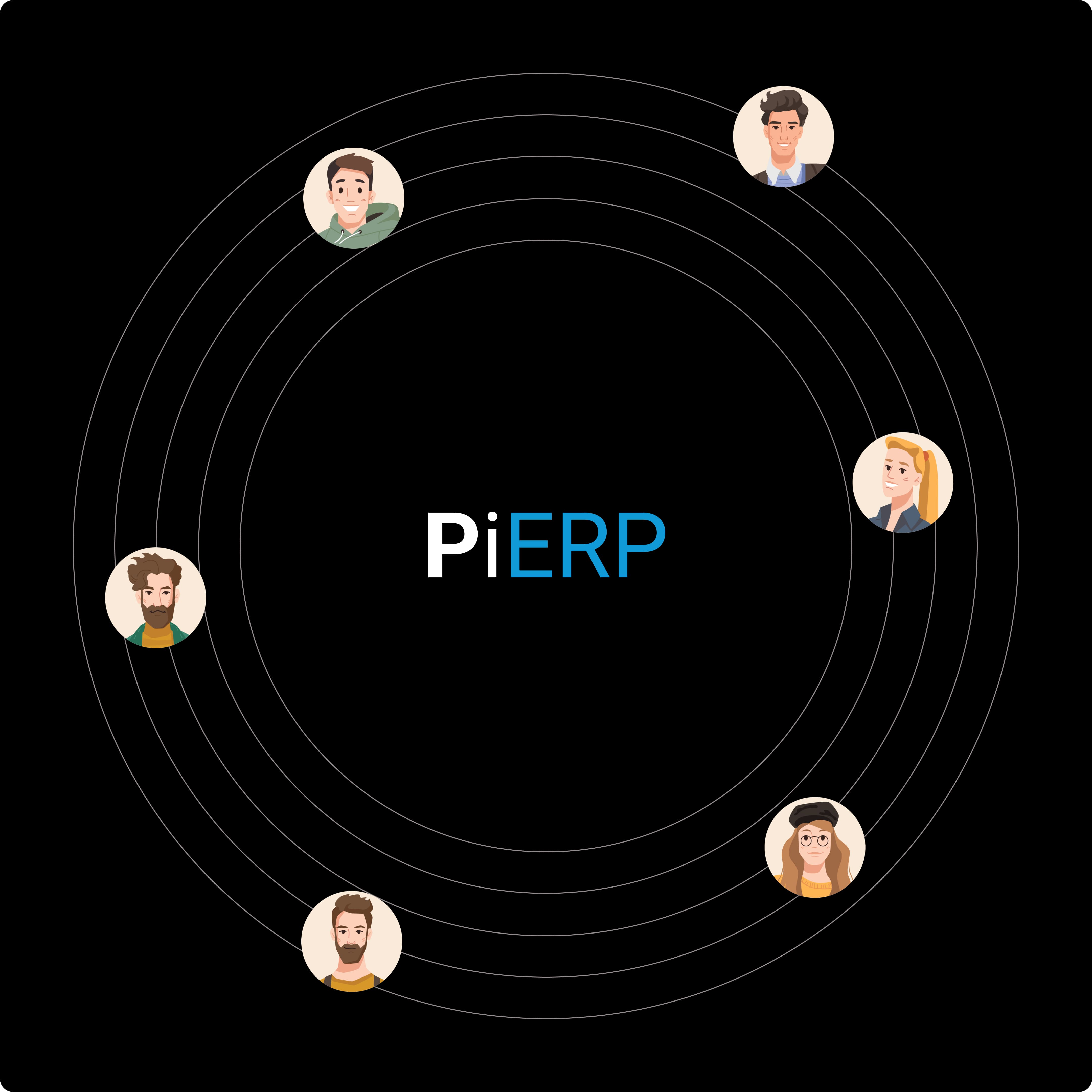In today's fast-paced business world, organizations need to adapt quickly and efficiently to maintain a competitive edge. One of the most effective ways to achieve this is by integrating Enterprise Resource Planning (ERP) systems with performance management practices. ERP-driven performance management goes beyond tracking and measuring employee outputs; it enables businesses to align their operations with strategic objectives, boost productivity, and optimize overall performance.
In this blog, we’ll explore how ERP-driven performance management systems can enhance productivity across various departments, streamline business processes, and facilitate better decision-making.
What is ERP-Driven Performance Management?
At its core, ERP-driven performance management refers to the use of an ERP system to track, manage, and improve the performance of an organization’s processes, employees, and workflows. ERP systems are designed to integrate various business functions—finance, HR, supply chain, manufacturing, and more—into one cohesive platform. By incorporating performance management features, these systems enable companies to monitor real-time data, assess productivity levels, and identify areas for improvement.
The combination of ERP systems and performance management can lead to smarter decision-making, a more engaged workforce, and enhanced overall productivity.
How ERP-Driven Performance Management Works
An ERP system, such as the one offered by PiERP, consolidates key business functions into a centralized platform, allowing for seamless data flow across departments. By integrating performance management tools with an ERP system, businesses can:
1. Track Employee and Team Performance
ERP systems can monitor employee performance metrics, such as project completion times, task management, and key performance indicators (KPIs). With these insights, managers can identify high performers, recognize top talent, and offer support to underperforming teams.
2. Set and Align Goals
Through ERP-driven performance management, organizations can establish clear, measurable goals that align with the company’s broader strategy. The system ensures that everyone—from individual employees to departments—knows what is expected of them and how their performance contributes to overall company success.
3. Automate Performance Reviews
Instead of relying on manual, time-consuming performance reviews, ERP-driven performance management automates the process. By leveraging real-time data, performance assessments become more objective, timely, and consistent, allowing businesses to evaluate employee progress more accurately.
4. Provide Real-Time Feedback
In an ERP system, managers can provide real-time feedback based on performance data, ensuring that employees receive timely guidance and recognition. This ongoing feedback loop helps foster a culture of continuous improvement and promotes a motivated, engaged workforce.
5. Generate Actionable Insights
ERP systems can aggregate performance data across teams and departments, allowing management to generate insights that drive productivity improvements. These insights can identify process bottlenecks, highlight inefficiencies, and recommend areas for resource optimization.
Benefits of ERP-Driven Performance Management
1. Improved Productivity Across the Organization
By streamlining performance management, ERP systems help organizations eliminate redundancies, optimize resource allocation, and improve employee engagement. For instance, automating routine administrative tasks frees up valuable time for employees to focus on higher-value activities. This enhanced efficiency translates to increased productivity.
2. Data-Driven Decision-Making
ERP-driven performance management allows organizations to make more informed, data-driven decisions. Performance data is collected in real time, allowing management to track progress, adjust strategies, and identify areas for improvement. This agility ensures that decisions are based on up-to-date information, which can significantly enhance organizational performance.
3. Better Resource Management
One of the most significant advantages of ERP-driven performance management is better resource allocation. By continuously monitoring performance metrics, businesses can allocate resources more efficiently, ensuring that the right people are working on the right tasks. This reduces wastage, improves utilization, and ensures that projects are completed on time and within budget.
4. Enhanced Collaboration
ERP systems break down silos between departments, facilitating smoother collaboration. When performance data from various functions is integrated into a single system, teams can easily access and collaborate on relevant insights. This cross-departmental visibility enhances communication and helps to create a more cohesive working environment.
5. Employee Engagement and Satisfaction
When employees receive continuous feedback, recognition, and opportunities for growth, their job satisfaction increases. ERP-driven performance management enables managers to tailor development plans based on individual performance data, helping employees understand their strengths and areas for improvement. This personalized approach fosters engagement, leading to higher retention and morale.
Examples of ERP-Driven Performance Management in Action
1. Manufacturing Industry
In a manufacturing company, an ERP system can help track production metrics, employee efficiency, machine uptime, and resource usage. By analyzing this data, the company can identify production bottlenecks and adjust workflows to improve output. The system can also track the performance of individual workers and teams, enabling managers to offer targeted training or implement performance-based incentives.
2. Sales and Marketing Teams
For sales teams, ERP systems can monitor performance against sales targets, track lead conversion rates, and measure customer satisfaction. With real-time visibility into these metrics, sales managers can provide immediate feedback to team members, identify top performers, and adjust sales strategies to meet overall business goals.
3. Human Resources
HR departments benefit from ERP-driven performance management by automating the performance review process, aligning employee goals with company objectives, and tracking individual development progress. By leveraging data analytics, HR teams can create personalized training programs, monitor employee growth, and ensure that all team members are working towards the same goals.
How PiERP Can Help Enhance Productivity with ERP Solutions
At PiERP, we offer cutting-edge ERP solutions that integrate performance management tools to help businesses optimize their operations. Our ERP system provides businesses with real-time insights, goal-setting capabilities, and automated performance tracking—all within a user-friendly platform.
Whether you are looking to streamline performance reviews, improve employee engagement, or enhance productivity, PiERP’s ERP solutions can support your business in achieving its strategic goals. By leveraging our advanced ERP system, you can foster a culture of continuous improvement, drive productivity, and maximize your organization's potential.
Conclusion:
Incorporating ERP-driven performance management into your organization’s daily operations can lead to significant productivity gains, better decision-making, and enhanced employee engagement. By automating workflows, tracking performance in real time, and fostering collaboration, ERP systems create a more efficient, data-driven workplace.
If you're ready to take your business to the next level with powerful ERP solutions, visit PiERP’s website and discover how our tailored ERP systems can help you unlock your organization's true potential.






